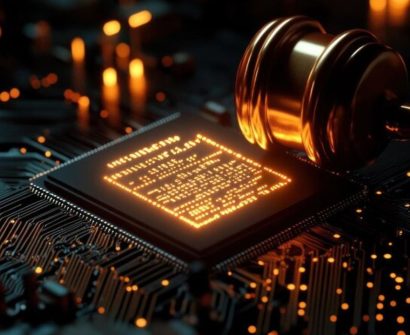
VLSI (Very Large Scale Integration) System Design is a cornerstone of modern electronics, enabling the integration of millions or even billions of transistors onto a single chip. This technology powers a vast array of devices, from smartphones to sophisticated aerospace systems. In this blog, we delve into the fundamentals of VLSI system design, its process, applications, and future trends.
What is VLSI System Design?
VLSI System Design involves the creation of integrated circuits (ICs) by combining thousands to millions of transistors into a single chip. The goal is to design complex systems with high performance, low power consumption, and optimal cost.
Key Stages of VLSI System Design
- Specification
- Define the functionality, performance, power, and area requirements.
- Example: The chip for a smartphone processor requires low power and high-speed processing.
- Architecture Design
- Plan the high-level structure of the system, including modules like CPU, memory, and interconnects.
- RTL Design (Register Transfer Level)
- Use hardware description languages (HDLs) like Verilog or VHDL to describe the system’s behavior.
- Synthesis
- Convert the RTL code into a gate-level netlist using tools like Synopsys Design Compiler.
- Physical Design
- Translate the gate-level netlist into a physical layout. Key steps include:
- Floorplanning
- Placement and routing
- Clock tree synthesis
- Power analysis
- Translate the gate-level netlist into a physical layout. Key steps include:
- Verification
- Ensure the design meets specifications. This includes:
- Functional verification using simulation and testbenches.
- Timing verification to ensure proper signal propagation.
- Ensure the design meets specifications. This includes:
- Fabrication
- Manufacture the chip using semiconductor foundries like TSMC or Intel.
- Testing
- Validate the chip’s functionality post-fabrication using Design for Testability (DFT) techniques.
Applications of VLSI System Design
- Consumer Electronics
- Smartphones, tablets, and smartwatches rely on VLSI for compact and efficient chips.
- Automotive Systems
- Autonomous driving systems and advanced driver-assistance systems (ADAS) use VLSI for processing and sensor integration.
- Healthcare
- Medical imaging devices and portable diagnostic tools leverage VLSI for compactness and precision.
- IoT Devices
- VLSI enables low-power chips for sensors and actuators in smart homes and industries.
Emerging Trends in VLSI System Design
- AI and Machine Learning
- Specialized chips, like TPUs (Tensor Processing Units), are being designed for AI workloads.
- 3D ICs
- Multi-layered ICs offer better performance and reduced footprint.
- Low-Power Design
- Techniques like multi-threshold CMOS and power gating are gaining traction.
- Chiplets
- Modular design using smaller chips (chiplets) is becoming popular for flexibility and scalability.
Challenges in VLSI System Design
- Power Consumption
- Balancing performance and power efficiency is critical, especially for portable devices.
- Design Complexity
- As transistors shrink, designing reliable systems becomes more challenging.
- Verification Bottlenecks
- Ensuring error-free designs is time-consuming and requires advanced tools.
Future of VLSI Design
The future of VLSI is promising, with advancements in quantum computing, neuromorphic chips, and beyond-CMOS technologies paving the way for innovation. These developments will continue to revolutionize industries and redefine the possibilities of integrated circuits.
Conclusion
VLSI System Design is at the heart of technological progress, enabling innovations that shape our daily lives. By mastering its concepts and leveraging the latest tools, engineers can contribute to the creation of groundbreaking devices and systems. With the rapid evolution of technology, the VLSI domain offers endless opportunities for learning and growth.
Also Read : fpga architecture in vlsi
To know more about VLSI Course , SuccessBridge VLSI training institute. You can begin your VLSI career by enrolling in the placement-assisted live courses available at SuccessBridge We offer various VLSI online courses. We offer VLSI Physical Design course, Design Verification course, DFT Training , Chip design course many more. Explore VLSI Courses From The Leaders In VLSI Training






